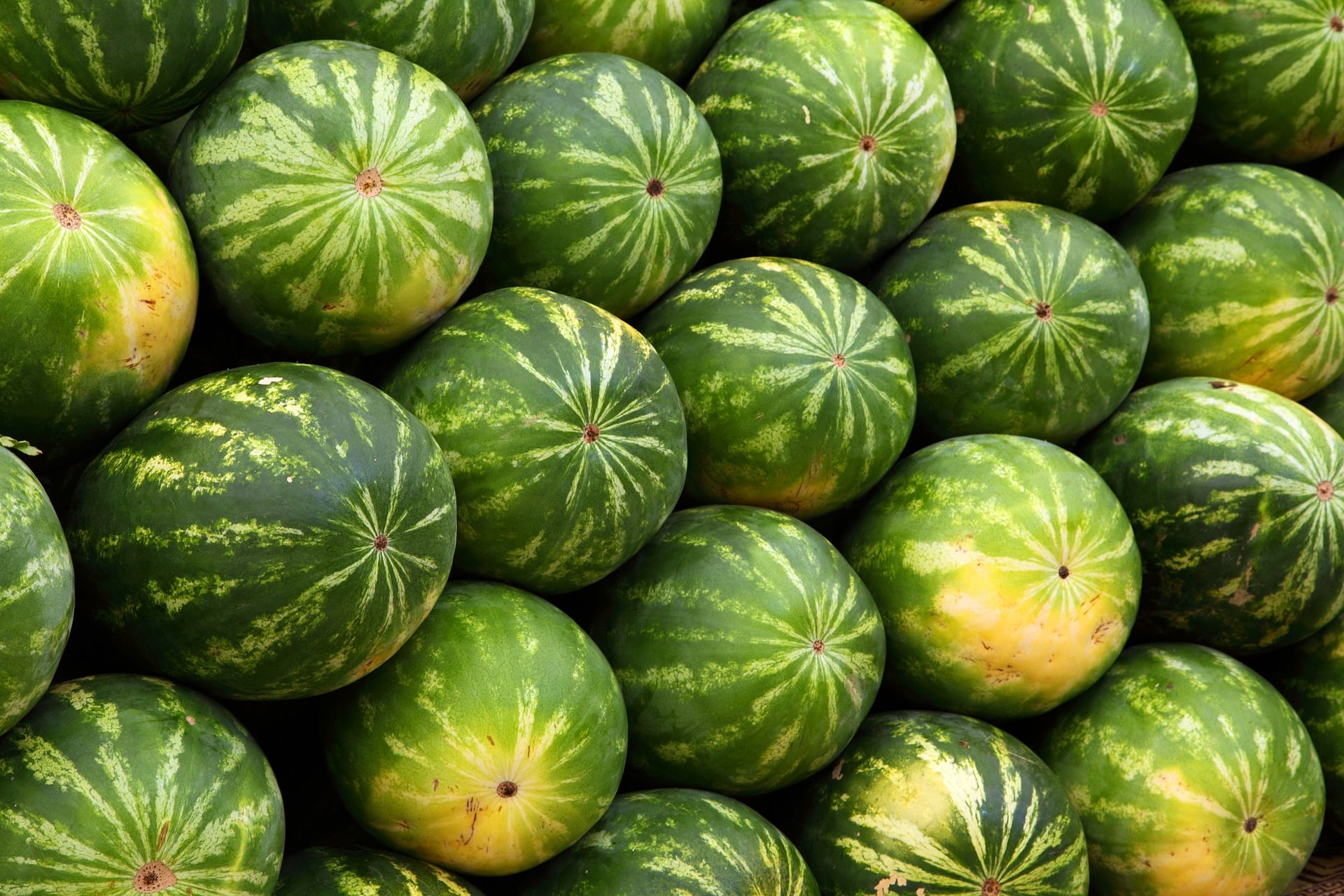A new study employs artificial intelligence (AI) to help discover downy mildew.
Summer has hit, bringing scorching heat and an increased appetite for juicy watermelon. Watermelon production occurs primarily in Arizona, California, Delaware, Florida and Texas, yet consumers across the country indulge in the sweet fruit.
Those five states produced 69% of all watermelon grown in the U.S. in 2020, with the average watermelon yield per acre across the country at 39,704 pounds, according to the Agricultural Marketing Resource Center.
Yiannis Ampatzidis, University of Florida/IFAS associate professor of agricultural and biological engineering, set out to detect pathogens earlier and more accurately with AI to protect the summer fruit from harmful diseases.
The study focused on downy mildew. Ampatzidis used spectral reflectance of plant canopies, along with machine learning, to detect downy mildew quicker and more efficiently.
“If left unchecked, downy mildew can destroy a farmer’s entire crop within days. That’s why it gets the nickname ‘wildfire.’ It spreads rapidly and scorches leaves,” said Ampatzidis in a release from UF.
Researchers successfully detected downy mildew in various stages of severity.
“Our most important result was finding downy mildew in its earliest stage, which is critical to growers’ ability to manage this disease,” he said.
Ampatzidis and his team created two methods by utilizing hyperspectral imagining and AI. One method was in the lab and the other used UAVs (drones) for field detection, shared the release.
While downy mildew does not directly affect stems or fruit, it can defoliate the plants, resulting in sun damage and unmarketable watermelon.
Ampatzidis’ plans to further his research through developing a simple and affordable drone-based sensor to enhance detection of the pathogen in watermelon.
Read More About Watermelon:













